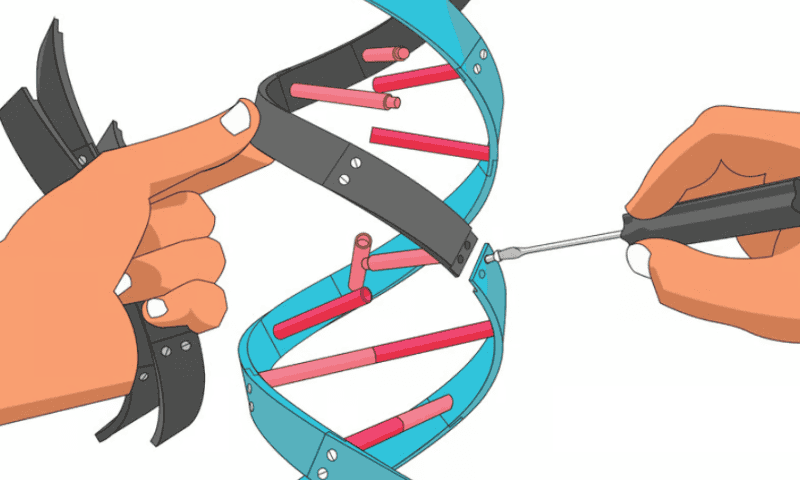There’s a lot of risk inherent in biotech investment, but a new report suggests that an increasingly safe bet is one of the hottest areas of drug development: cell and gene therapy.
A new report from Tufts Medical Center’s New Drug Development Paradigms (NEWDIGS) program shows that cell and gene therapies for orphan diseases and hematological cancers are two to 3.5 times more likely to be successful than other types of treatments for similar conditions, or as compared to the entire drug pipeline. The FDA defines an orphan condition as affecting fewer than 200,000 people in the U.S.
NEWDIGS conducted the analysis of clinical trial success rates using a pipeline model of cell and gene therapies compared to similar pan-modality analyses conducted by the Biotechnology Innovation Organization and IQVIA. NEWDIGS looked at all cell and gene therapy trials conducted between 1988 and 2020 to see the likelihood of advancement from phase 1 and beyond.
CAR-T/TCR therapies for blood cancers were three times more likely to be approved when entering phase 1 compared to the average oncology drug and over two times more likely than the average hematological oncology drug, it concluded.
In contrast, orphan gene therapies are two to 3.5 times as likely to end up with an approval when they get to phase 1, compared to the average drug. In fact, orphan gene therapies outperformed the average drug at all stages of the clinical development process. These therapies also were twice as likely to be approved when entering phase 1 than the average drug in a similar therapeutic area, at every stage of the process, according to the report.
Tim Hunt, CEO of the Alliance for Regenerative Medicine (ARM), which supported the study, said the analysis shows that first generation cell and gene therapies are “substantially outperforming other, less targeted treatments in the clinic.”
“And this is just the beginning,” he added. “As the clinical pipeline of genetic medicines and engineered cell therapies continues to grow, we look forward to even greater impact for patients.”
NEWDIGS said securing funding for clinical development is always a challenge in biotech, and the new report can help give investors a bit of clarity on possible success rates. Cell and gene therapies have garnered more than a dozen product approvals in 2023, the report noted.
“This analysis provides evidence that once cell and gene therapies enter clinical development they are not only more likely to ultimately gain FDA approval than other candidate medicines but are also more likely to advance at nearly every phase of the clinical development process,” said Mark Trusheim, strategic director of NEWDIGS.
The report urges investors and drug developers to consider the full likelihood of approval when planning their next investments, instead of just the next clinical milestone.
“Durable cell and gene therapies are demonstrating transformative patient impact; their clinical success rates may also transform drug development and associated financial returns,” the report states.
ARM, an advocacy group for cell and gene therapy companies, is hosting its annual Meeting on the Mesa this week, where the NEWDIGS report will be presented.

